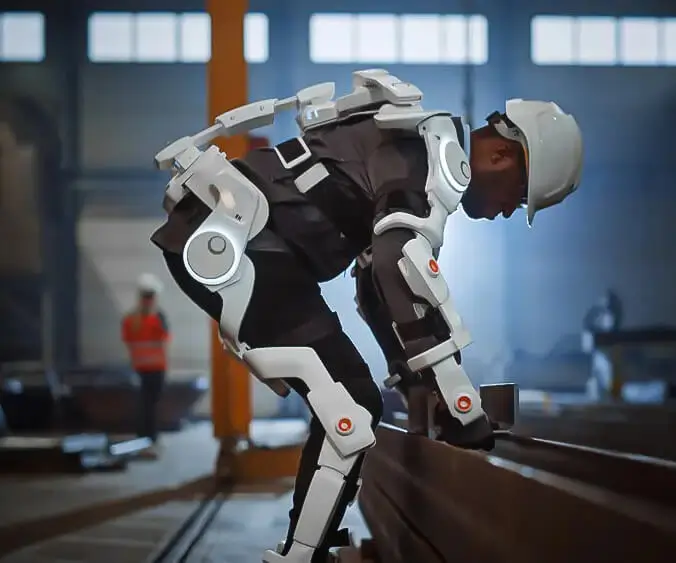Ever wondered what really makes a servo motor different from a stepper motor? Yeah, they seem similar at first glance—they both turn things on and off, right? But dive a little deeper, and you'll find they’re worlds apart, each with its own personality and set of strengths.

Let’s start with how they move. Picture a stepper motor like that kid in class who raises their hand every time a new question pops up—steady and predictable. It moves in precise steps, often 1.8 degrees per step, giving you a very exact position without needing extra sensors. No fuss, no thrills, just straight-up stepping forward in tiny, controlled jumps. Think of it like a robot that counts its steps perfectly, which makes it perfect for 3D printers, CNC machines, or anywhere you need reliable, discrete positioning.
Now, a servo motor? It’s more like someone flexible and eager to adapt. Instead of just stepping, it uses feedback mechanisms—like eyes watching what’s happening—to fine-tune its position. You tell it a target, and it rushes to get there, adjusting as needed. It’s smooth, reactive, and, honestly, a little smarter. Servo motors handle high-torque, dynamic movements—ideal for robotics or drone applications where quick changes in speed and position happen all the time.
What about control? Steppers love open-loop systems. That means no sensors checking if they’re actually where they’re supposed to be. They’re simple,-cheap, and do a decent job, but if they encounter resistance, they might lose steps. No biggie—unless you’re doing something that needs pinpoint accuracy in tough environments. Servos, on the other hand, use closed-loop control. They’re constantly adjusting themselves based on real-time feedback, which makes them more precise but also a tad more complex and pricier.
And here’s a wild thought—power consumption. Steppers can be pretty grumpy—they draw quite a bit of current when holding position, even when not moving. Servos usually sip power, only ramping up when needed, which makes them more energy-efficient for prolonged operations.
So, what’s the real kicker? How do you choose? Imagine you’re building a robotic arm. If you want rough, solid positioning within a known range, a stepper could save you some cash and still get the job done. But if that arm needs to move smoothly, handle varying loads, or work aggressively, a servo might be worth the investment. It’s like comparing a bicycle with training wheels to a racing bike—both get you somewhere, but the experience is totally different.
In the end, it’s about what the application demands. Fast? Precise? Energetic? Understanding these differences helps you pick the right gear. When you're thinking of upgrading or designing a new project, don’t just go for the flashy; consider what each motor type brings to the table. It could be the game-changer your project needs, turning complexity into effortless precision.
Established in 2005, Kpower has been dedicated to a professional compact motion unit manufacturer, headquartered in Dongguan, Guangdong Province, China. Leveraging innovations in modular drive technology, Kpower integrates high-performance motors, precision reducers, and multi-protocol control systems to provide efficient and customized smart drive system solutions. Kpower has delivered professional drive system solutions to over 500 enterprise clients globally with products covering various fields such as Smart Home Systems, Automatic Electronics, Robotics, Precision Agriculture, Drones, and Industrial Automation.




































